
views
Taking Used Tires to a Retreading Shop
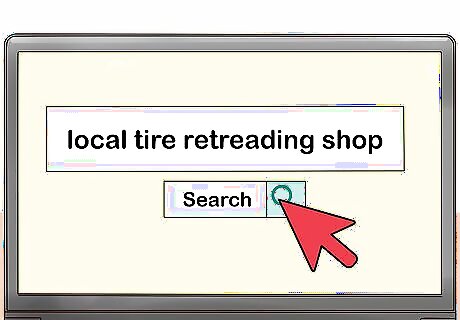
Find a local tire retreading shop. Run a quick internet search for businesses in your area. These shops make their money by repairing and reselling old tires, which means they’re just the kind of buyer you’re looking for. While you’re looking up retreading shops near you, read some reviews to see what kind of experiences other customers have had dealing with them.
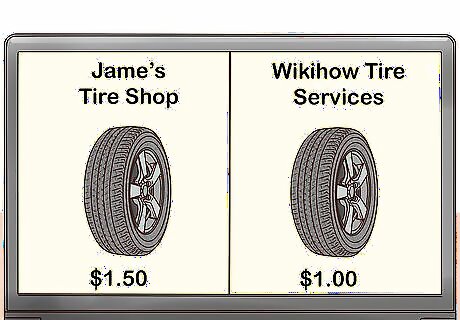
Compare offers to get a better price. Don’t just promise your tires to the first name on the list. Call up several different shops and ask what they’d be willing to pay per tire. By shopping around your options, you’ll be able to maximize how much you walk away with. Most of the time, standard passenger tires are worth around $1-1.50 apiece, while larger truck tires can go for as much as $40 per casing. If the shop doesn’t advertise a fixed rate, try haggling a little by dropping hints to the salesperson that another shop has offered you more.

Ask for details about the consignment process. Find out how many tires the shop will buy in one transaction, and if they have any restrictions in place regarding the age or mileage of their inventory. You can save yourself a lot of trouble by making sure the conditions of purchase are clear upfront. Some shops may only accept newer tires or those with a minimal amount of wear and tear. If you have a lot of tires stored away (usually 100 or more), the retreader may send someone to pick them up themselves, sparing you a separate trip.

Establish a good relationship with the tire buyer. Once you’ve made your first successful sale, consider returning to the same shop for all of your future business. They may be willing to offer you a special rate if you’re a dedicated dealer. At the very least, you’ll know that you always have somewhere to offload your unwanted tires. Tires tend to be in the most demand in late summer and early fall, when retreaders begin gearing up for the treacherous road conditions of the winter months.
Listing Tires Online

Research the tires you’re selling before you list them. A quick search of the tire’s make and model should turn up everything potential buyers will want to know. You can also scan each of your tires for its tire identification number, which will reveal its age, size, and the place it was manufactured. Tire identification numbers can be found along the sidewall of the tire next to the rim. They most often begin with the letters “DOT,” followed by a series of other numbers and letters. Doing your homework will also help you avoid listing tires that have been recalled for safety concerns.
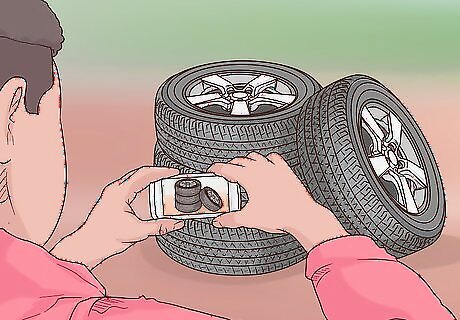
Take clear, high-quality pictures of your tires. Get a few shots of the tires from multiple angles, including top-down and side views and a closeup of the tread. Detailed images will give bidders a better idea of what kind of shape the tires are in. Don’t forget to show any cracks, dings, or worn spots, as well. Use a powerful camera, like a current generation smartphone or photography camera, to photograph your tire collection. Otherwise, your shots may come out blurry or pixelated. The more pictures you upload, the more secure the buyer will feel with their purchase.
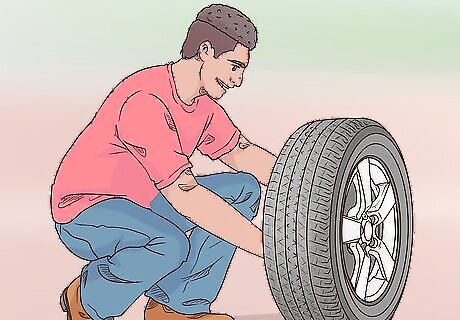
Evaluate the condition of your tires. The tires sold through most e-commerce website typically fall under one of several categories—eBay, for instance, groups listings by New, Retread, Used, and Damaged. In order for your listing to be as accurate as possible, you'll first need to examine the tires closely and thoroughly to determine the kind of shape they're in. New tires are still in the condition they were in when they left the factory, and have seen no use. Retread tires are those that have had the tread removed and replaced professionally. These tend to be significantly cheaper than brand new tires. Used tires have seen some mileage, but not enough to cause significant wear and tear. In order to be accepted, they must have at least ⁄32 inch (0.40 cm) of the original tread remaining. Damaged tires are those that exhibit small holes, cracks, patches, and other imperfections. These are usually not functional, and may require repairs before they can be used. Even the most severely worn tires must have ⁄32 inch (0.32 cm) of the original tread left intact.
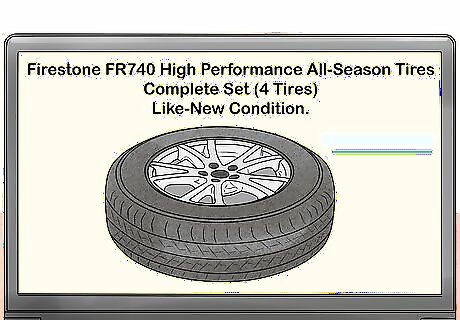
Provide a detailed item description. Specify the brand in the title of the listing, along with the model and exact dimensions like width and rim diameter. This information should also be included in the full description to make it easier for shoppers to see. After that, briefly describe the tire’s general condition so potential buyers will know what to expect. Websites like eBay provide sellers with a form that prompts them to put in each of the tire’s identifying features individually. Your listing might look something like this: “Firestone FR740 High Performance All-Season Tires — Complete Set (4 Tires), Like-New Condition.”
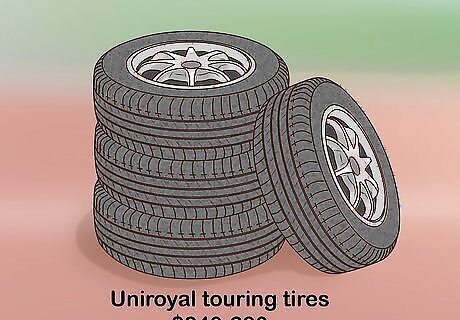
Sell your tires for a competitive price. Generally, it’s best to look at how much other sellers are charging for the same model and keep your asking price below this number. Resist the temptation to ask for too much money, especially for used tires. Low prices, along with an honest, detailed description and plenty of high-quality photos, will make your listing more attractive to bidders who are looking for the best bargain possible. A complete set of pre-owned Uniroyal touring tires might sell for $240-280, or around $60-70 per tire.

Factor in the cost of shipping. Automobile tires are big, heavy items that cost a lot to ship. This fact should be reflected in your asking price. Be prepared to adjust the listed amount if necessary to make the transaction more agreeable to potential buyers. Otherwise, they may not consider the additional expense worth it and decide to go somewhere else. If you charge a premium for shipping on top of an already high list price, your tires can easily become prohibitively expensive. Buyers on sites like Craigslist tend to purchase items that are being sold in the same area where they live. In these cases, you can make things easier by offering to deliver the tires a short distance, or arrange to have the buyer come pick them up themselves.
Selling New Tires at a Dealership or Auto Parts Store
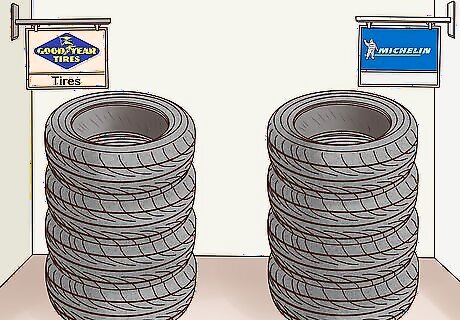
Stock a variety of different brands. Make sure your store has a wide selection of tires represented. People feel more empowered to buy when they’re given a choice. If you’re not carrying the most popular models, there’s nothing to stop potential customers from going to someone who is. Add a few notable industry leaders to your list of suppliers, including companies like Bridgestone, Goodyear, and Michelin. It’s also a good idea to make several different grades available from each brand, from standard to deluxe. This will allow you to target customers with different needs and budgets.
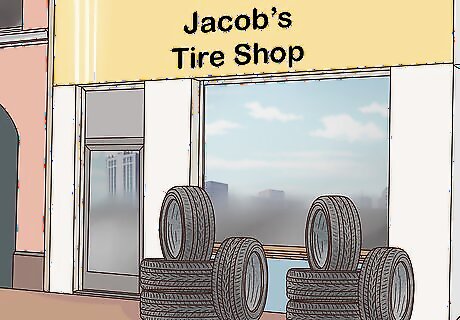
Display your tires somewhere in plain sight. A customer who’s just stopping in might not even know you sell tires if they’re hidden in a back corner of the store. Set up your display near the store’s front entrance so they’ll be visible to everyone entering and exiting. You never know when someone in need of a new set will walk by. Make sure your stock can be seen from the window of your store or dealership to catch the attention of those on the outside.

Read up on the main features of your most popular products. Take some time to educate yourself on important details like sizes and pressure specs, average lifespan, and the function of different tread patterns. That way, you’ll be able to make more informed recommendations to customers who aren’t sure exactly what kind of tire they need. If you’re attempting to get a customer to upgrade to a more expensive tire, be sure to tell them what extra benefits they’ll be getting for the price hike. Most buyers resent feeling like they’re being upsold.
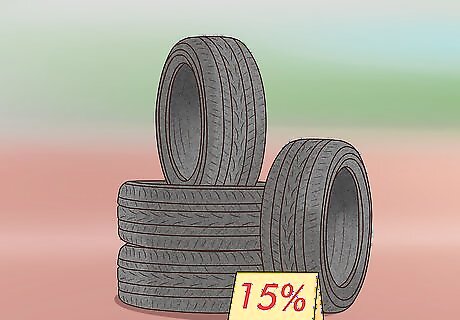
Promote competitive prices and discounts. Find out what your competitors are charging for the same models and offer to either match it or let it go for less. Tires are an expensive purchase for most people, so anything you can do to keep your prices affordable will be good for your business as well as your customer. Special sale discounts and rebates for buying a certain type of tire at a certain time are also effective ways to entice buyers. Advertise your deals in print, over the radio, and online through your website to reach the greatest number of drivers possible. By letting your tires go for a little less, you stand to sell more of your stock and turn a profit in the long run.




















Comments
0 comment